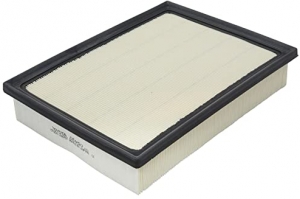-
Welcome to 4Runners.com!
You are currently viewing as a guest! To get full-access, you need to register for a FREE account.
As a registered member, you’ll be able to:- Participate in all 4Runner discussion topics
- Transfer over your build thread from a different forum to this one
- Communicate privately with other 4Runner owners from around the world
- Post your own photos in our Members Gallery
- Access all special features of the site
Experimenting with Fixing KDSS Lean
Discussion in '5th Gen 4Runners (2010-2024)' started by Munson, Jan 25, 2025.

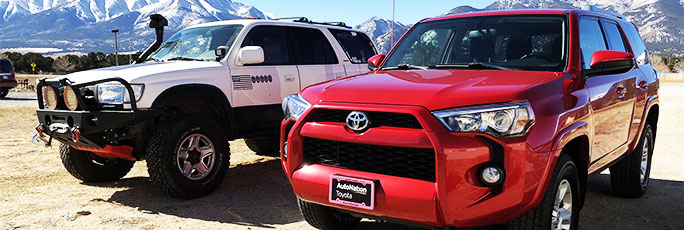
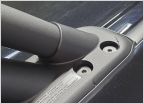 Cussing on Christmas Eve: cracked TRD Pro Roof Rack Plastic Bracket
Cussing on Christmas Eve: cracked TRD Pro Roof Rack Plastic Bracket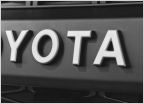 TRD Pro emblem blackout kit (TOYOTA letters, not the symbol)
TRD Pro emblem blackout kit (TOYOTA letters, not the symbol)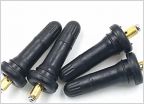 TPMS replacement options
TPMS replacement options Move trailer receptacle to be more accessible
Move trailer receptacle to be more accessible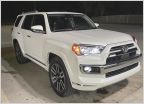 2022 LED Daytime Running Lights
2022 LED Daytime Running Lights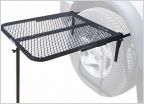 Instant table
Instant table
































